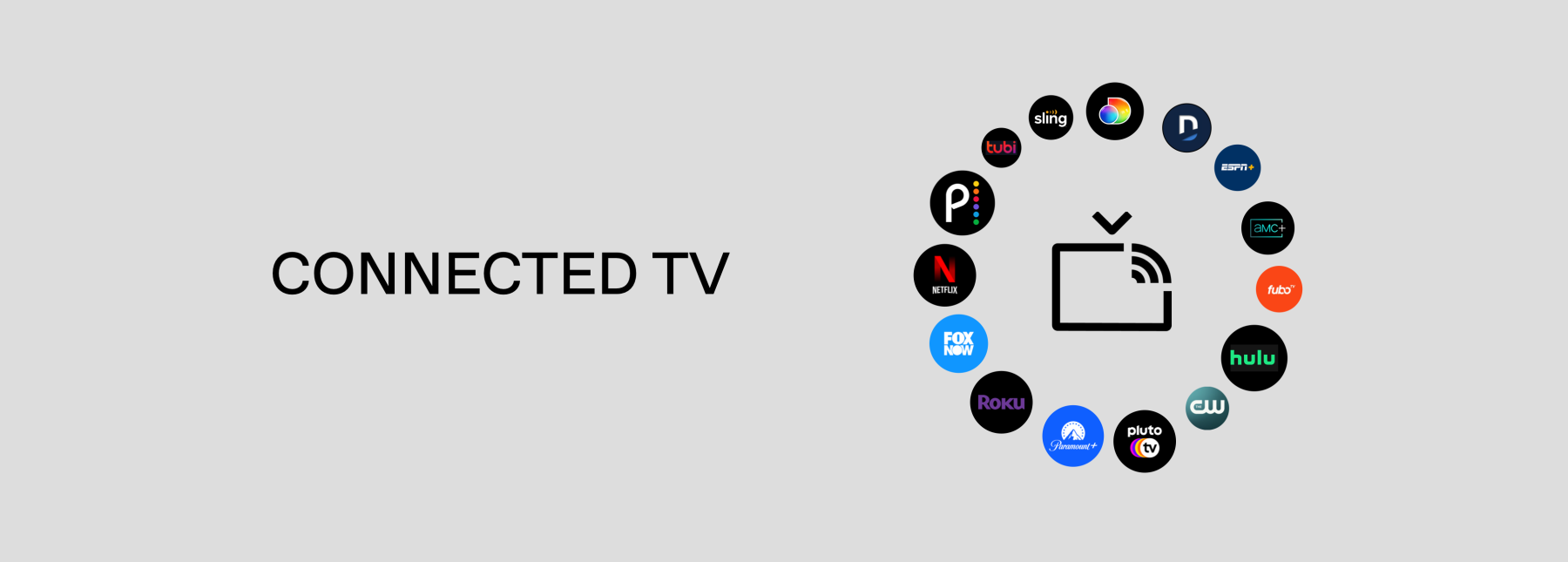
Why CTV Will Never Go Open Exchange
A version of this blog was featured on Ad Exchanger
There’s no doubt that CTV is the darling of the advertising world right now, and for good reason. Given the dramatic shift in viewing behaviors over the past few years, brands are right to be earmarking larger pieces of their media budgets for ad-supported streaming networks.
However, this shift in spending creates the expectation that a move to a fully open and automated buying landscape is inevitable. Not so fast.
Most evolution narratives in the TV space focus on bending traditional media buyers to the realities and systems of a digital marketplace. But in the case of CTV, it’s going to be more about making digital buyers comfortable with direct buys in a digital context.
True market statistics
Given the evolution of early digital advertising channels, industry observers can be forgiven for thinking the move to an open and fully programmatic ecosystem for CTV would be a natural end state. After all, the market intelligence headlines all seem to point in that direction.
According to eMarketer, almost 9 in 10 of all digital video dollars will transact programmatically within the coming years. CTV is cited as a force that is fueling programmatic video ad spending, as it will account for more than 20 percent of total programmatic video ad spending this year. However, digging deeper into the narrative, one sees that such figures are heavily skewed by the fact that eMarketer includes YouTube in its definition of CTV.
The CTV market is different from its digital cousin
Yes, more CTV inventory will roll into programmatic pipes in the coming years. But the notion that we will achieve programmatic domination is faulty. CTV inventory is different than digital, in two major ways:
It is limited and scarce, due to its premium nature.
It is concentrated within 20 or so big publishers, and not millions of smaller websites.
Just because the media world has gone “fully” digital doesn’t mean that we need to impose early digital models and constraints on every opportunity that comes along. As a matter of fact, most publishers themselves will prefer a direct sales channel. Brands will want it, too.
The case for direct sales
The simple fact is that many major streaming players right now are moving away from programmatic buying platforms in favor of direct sales teams. Streaming networks want to know who is buying their ad space inside of their premium content. Only in doing so can they preserve the audience viewing experience in a meaningful way. Furthermore, publishers are scared of a mechanism that brings downward pricing pressure, which is what programmatic marketplaces did within the digital ad space.
Because premium CTV inventory is (and will remain) scarce, brands will often prefer a direct relationship as well. This is the only way for advertisers to buy inventory at scale, as opposed to plucking impressions one by one within an exchange, which limits the amount of inventory available. Furthermore, direct relationships allow brands and publishers to explore more integrated ad experiences. This is especially true for the larger CTV players.
The future
Will certain CTV inventory and spend end up in the open programmatic marketplace Undoubtedly. But it will remain a smaller part of the overall market volume (with the rest traded directly between publishers and advertisers). As such, our industry needs to stop talking about programmatic open exchanges as the future of TV. They’re not.

Philip Inghelbrecht
I'm CEO at Tatari. I love getting things done.
Related
TV Ads Drive Mobile-App Re-engagement
Read our white paper to see how Gametime, the leading mobile ticketing marketplace for last-minute sports & entertainment tickets, used TV ads to drive existing app users to re-engage with their app.
Read more
5 Tips for Setting Up a Successful Programmatic Retargeting Campaign on TV
The rise of CTV has helped bridge the best practices of digital and TV advertising. Now, advertisers can replicate one of digital’s best-performing tactics – retargeting – on the biggest and most engaging screen in a consumer’s household.
Read more
Market Update: Why Now is the Time to Advertise on TV
When businesses attempt to deal with economic uncertainty, a magnifying glass is often placed on advertising budgets. But as history shows, brands that weather the storm and maintain advertising activity typically fare better than those that pull back.
Read more


